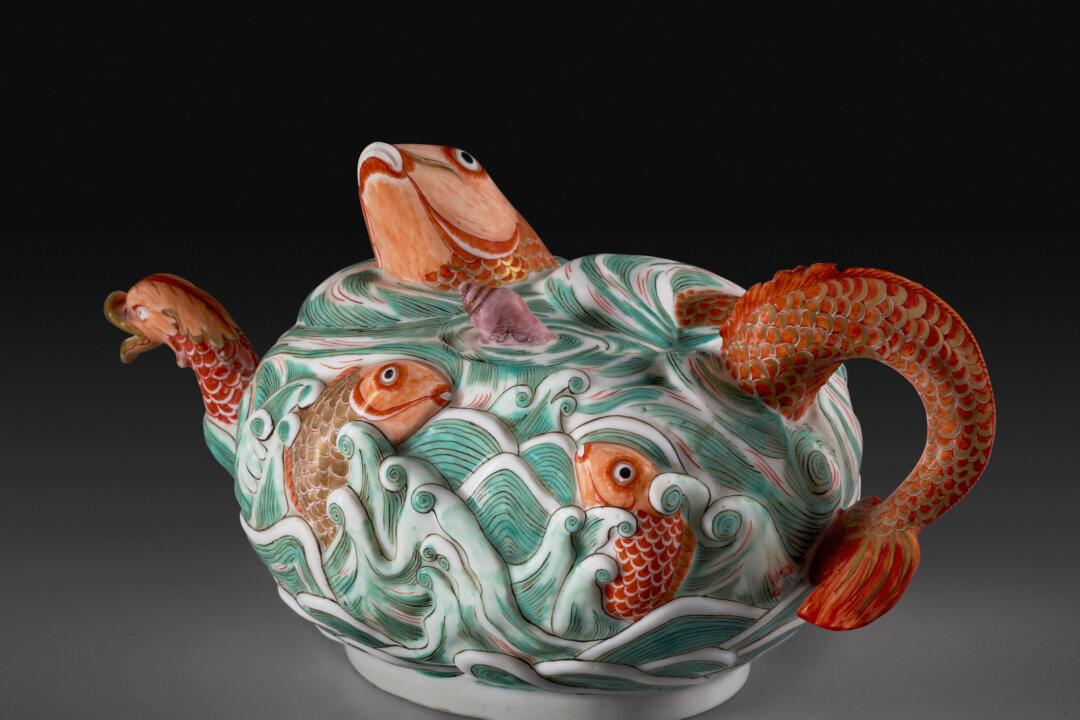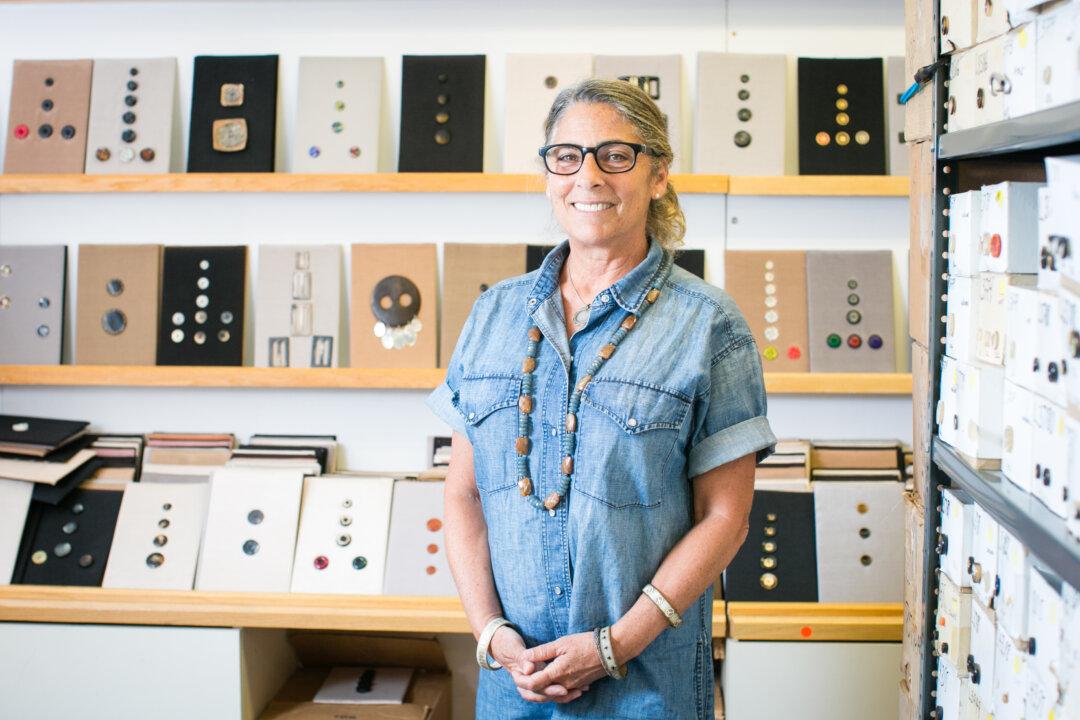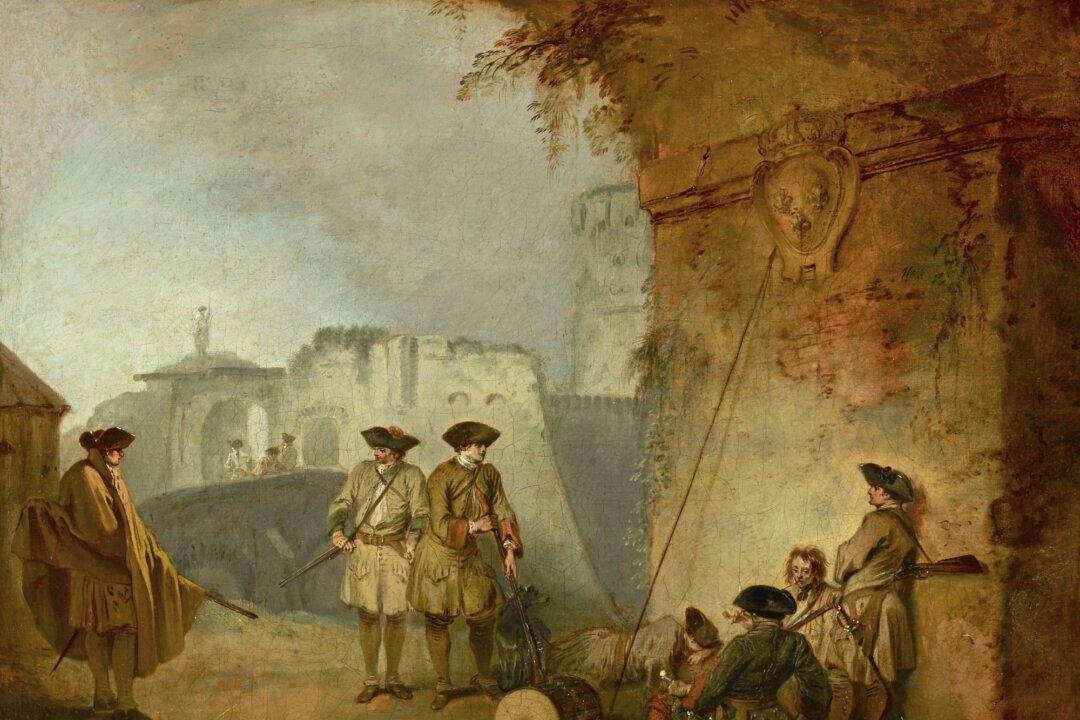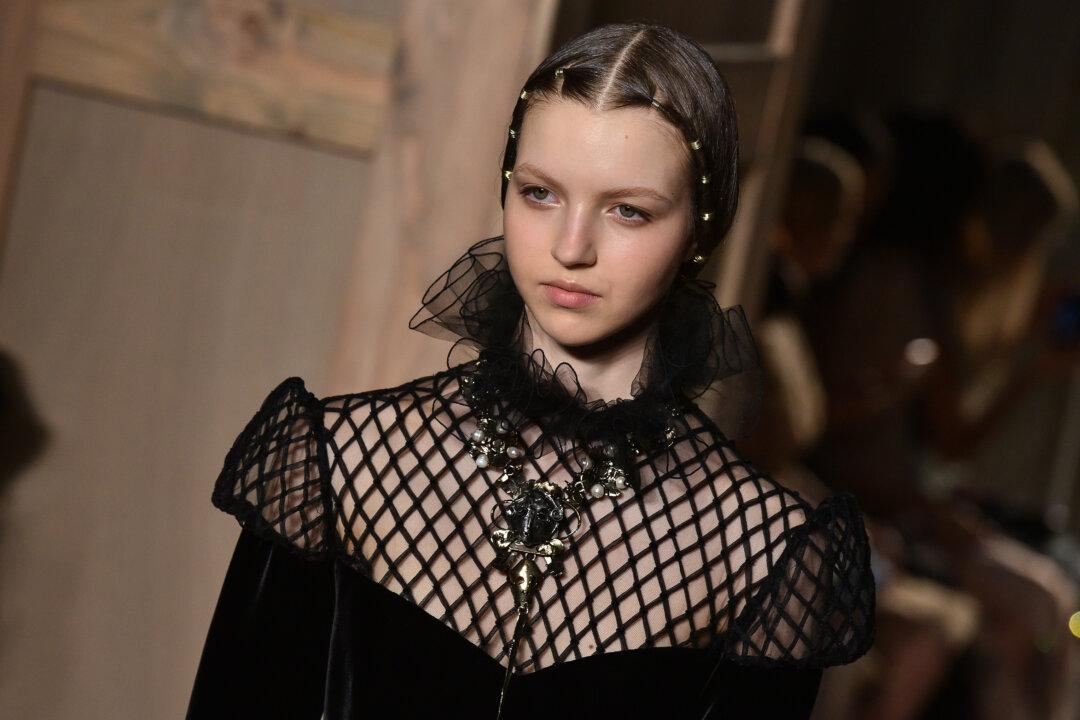NEW YORK—The porcelain mania that gripped Europe prior to 1700 and after 1708, when the Europeans cracked the most closely guarded secret in Chinese decorative arts, has truly subsided. Nowadays, porcelain ware is usually relegated to minor displays in most museum situations, and in households with heirlooms. It is displayed in forbidding glass cabinets in motley collections that rather glorify the gaudy, with pieces that hold purely sentimental value.
The exhibition Porcelain, No Simple Matter: Arlene Shechet and the Arnhold Collection that has recently opened at The Frick, aims to reignite our appreciation for the genre through a new kind of display that holds many surprises.

"Cruet and Mustard Pot," Meissen porcelain, 1737–1739. Modeled by Johann Joachim Kändler, 1737. Maggie Nimkin, Courtesy of The Frick





